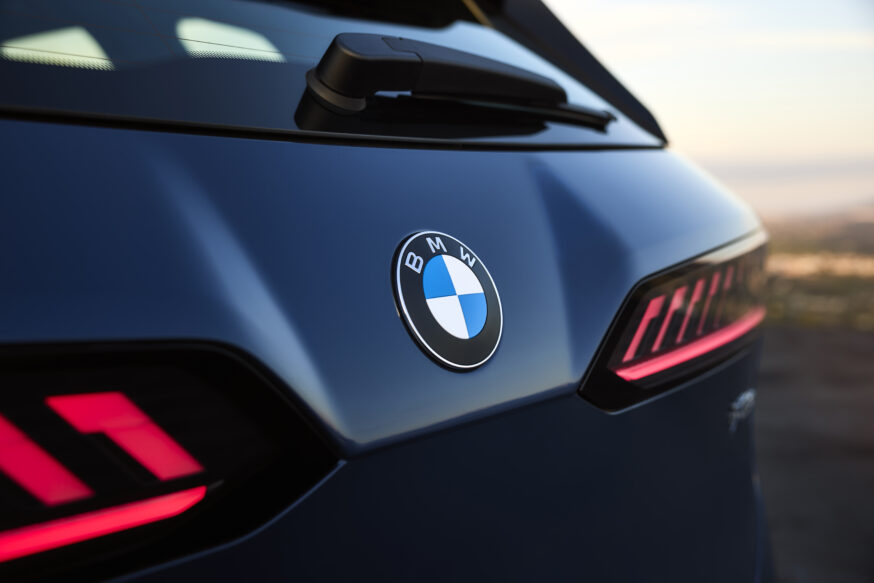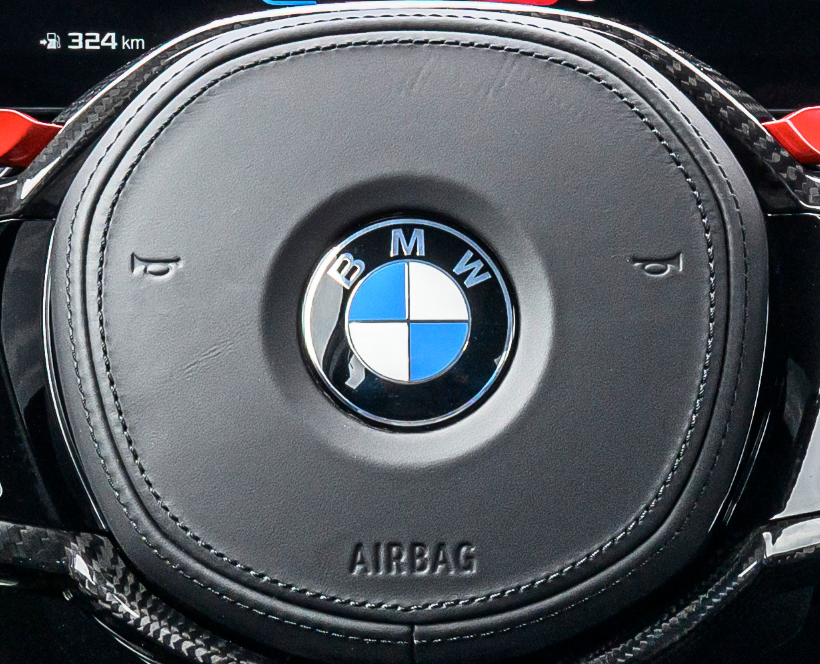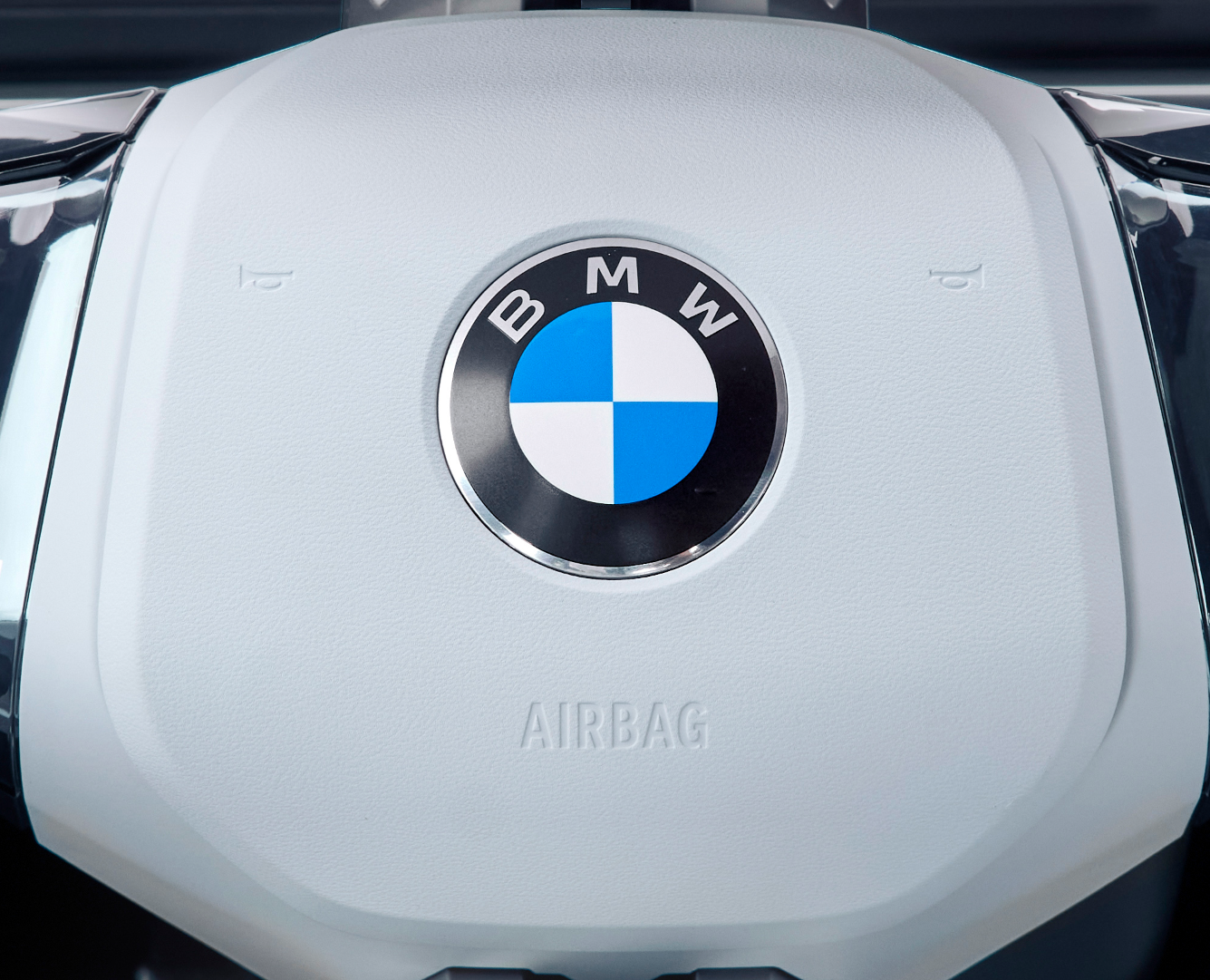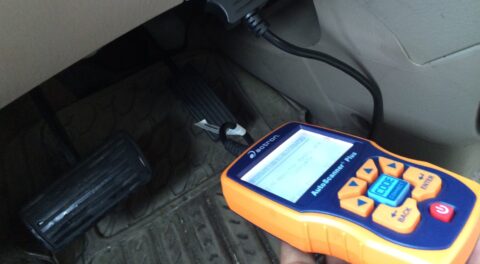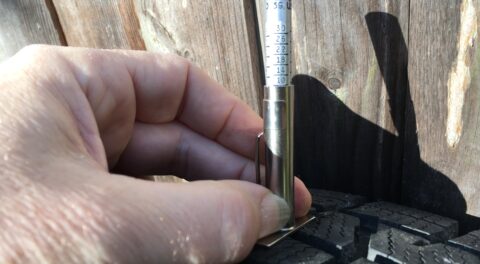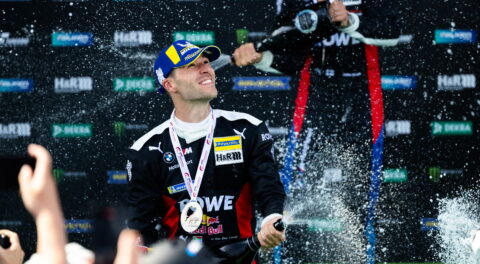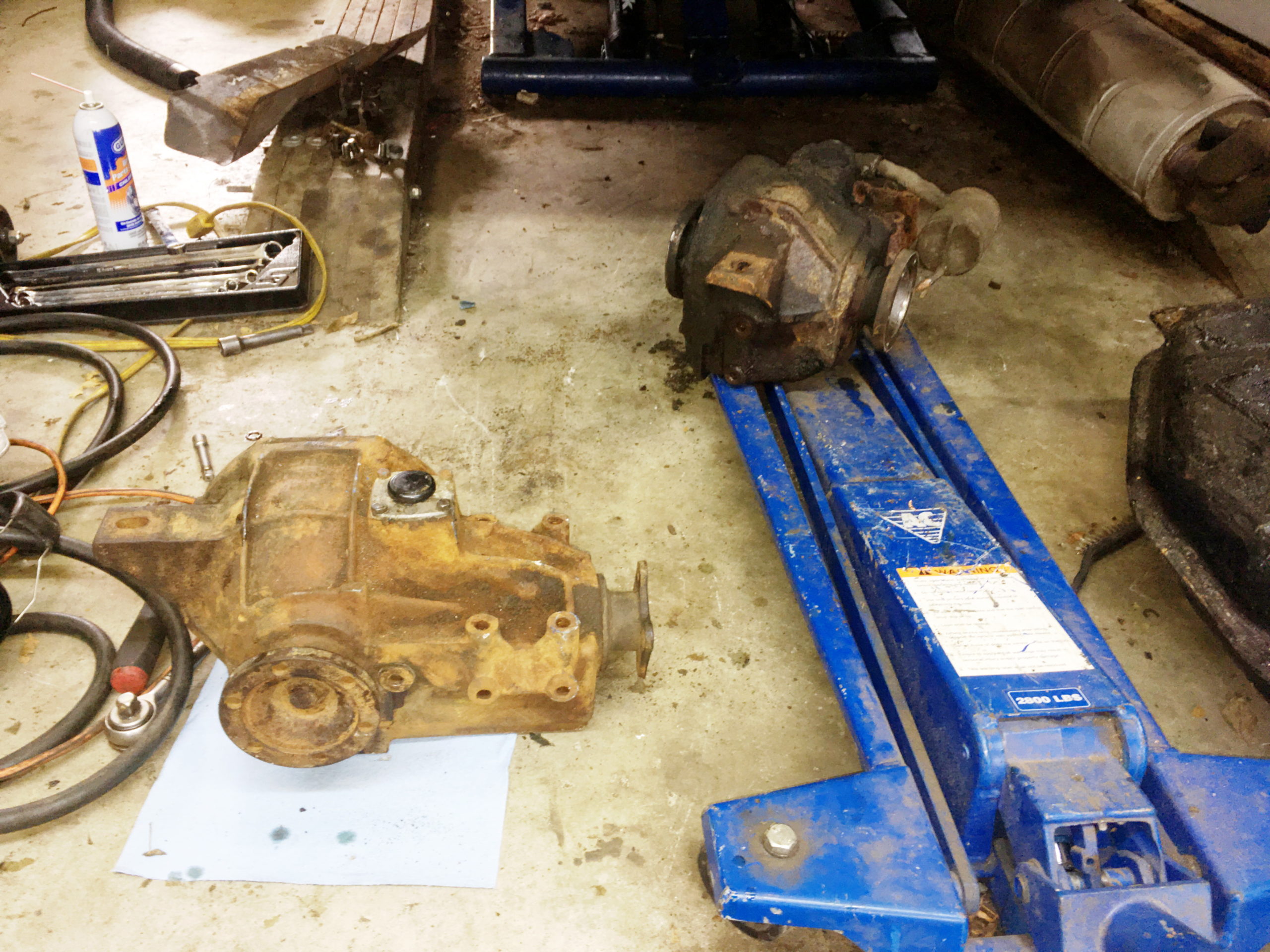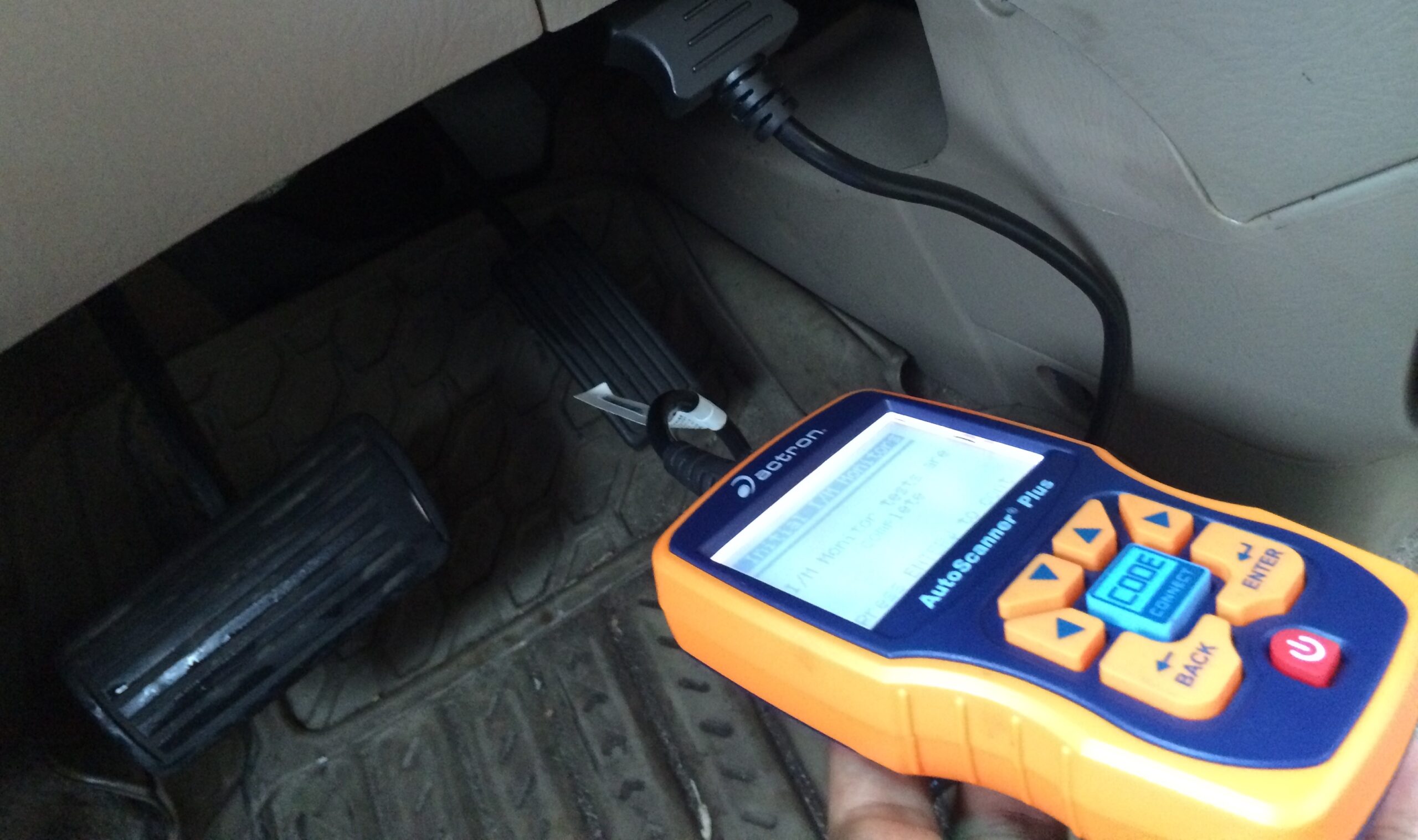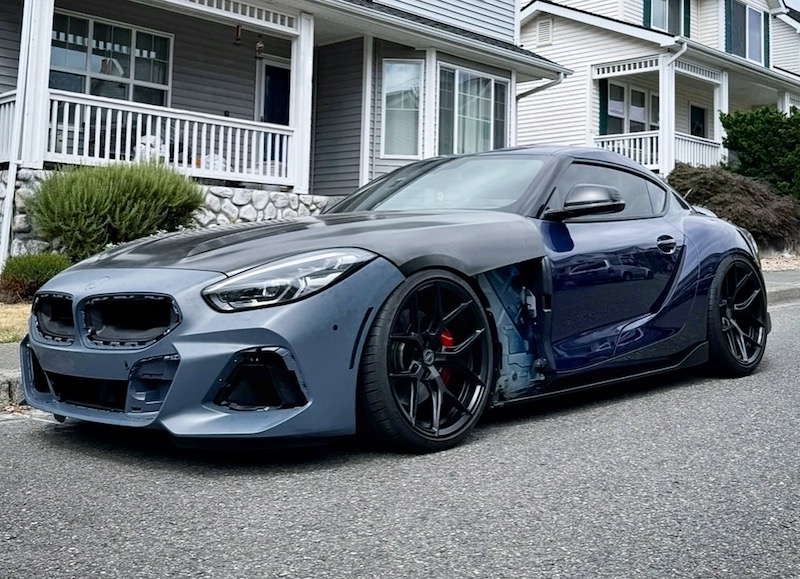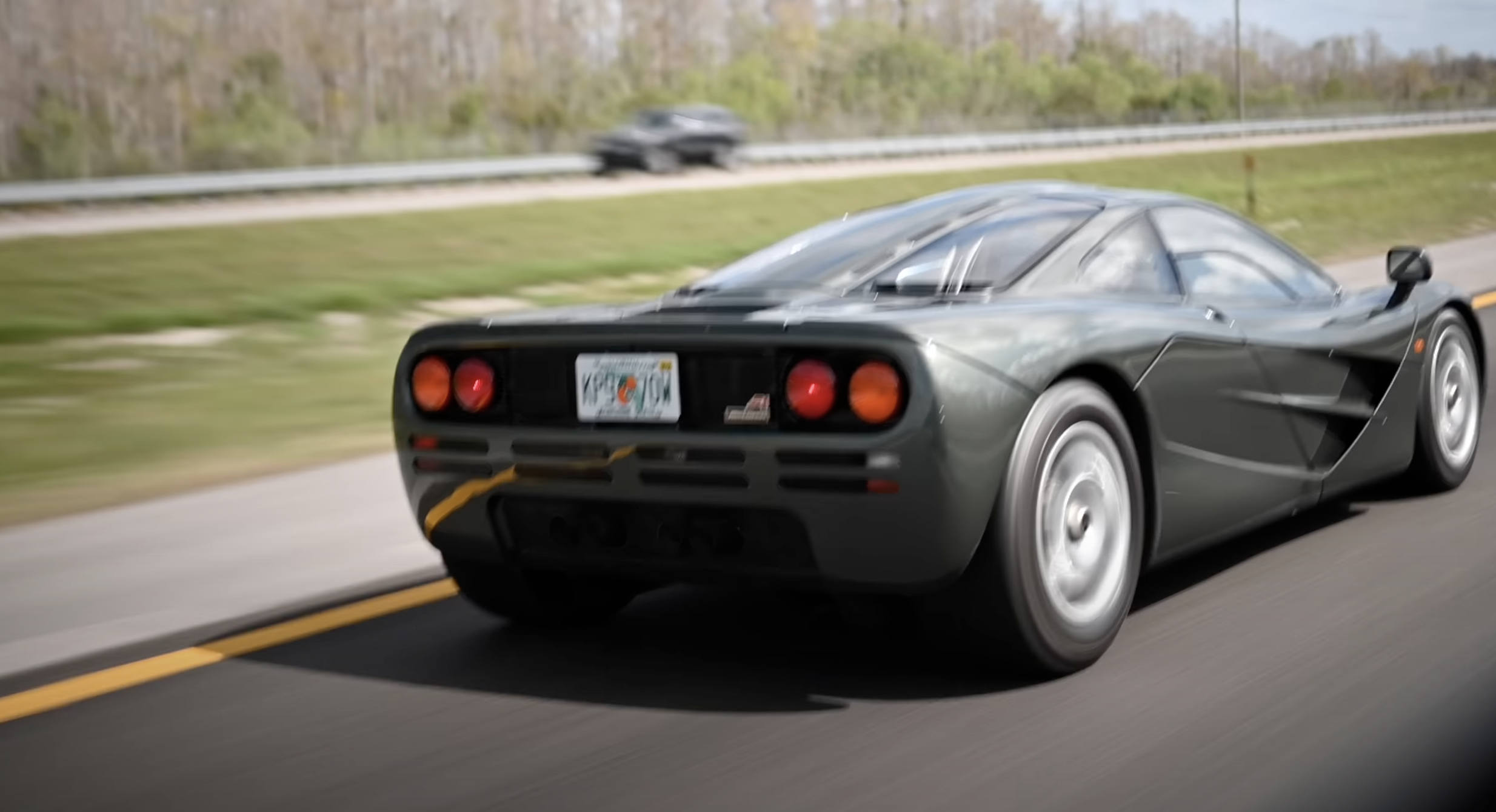Without making too many Cracker Barrel or Jaguar references, we can report that BMW has updated it’s logo in a markedly more subtle way than some other recent headline-grabbing branding refreshes.
In conjunction with the reveal of the BMW iX3, BMW also revealed a slightly altered BMW roundel that will be rolled out to all new and refreshed vehicles. The biggest change is the drop of some of the chrome outlines of the center circle and color quadrants. Of course, this isn’t the first time BMW has updated their signature logo. Read the official history here, which points out that no, the BMW logo isn’t a propeller, though some ads did depict it that way regarding their plane engines.
Oliver Heilmer, Head of BMW Design for the Neue Klasse, was interviewed by BMWBlog about the update. “We wanted to keep the heritage, but bring more precision to the logo,” Heilmer told BMWBlog. “The chrome is still there, the letters have been refined with a shiny pattern you often find in watches, and the white surfaces now sit closer to the outer ring. It’s flat, but when you touch it you can still feel the ridges.”
- The BMW roundel in the BMW M2 CS still sports the silver outline on the inner ring and silver seprators between the white and blue quadrants.
- The updated logo in the new iX3 drops the silver outline and separations in favor of a simplified design that allows the colors to directly touch.
While this is a design choice, it also likely has some roots in practical production. While I’m not certain what process is being used for the new style, we here at BMW CCA headquarters are familiar with the previous process utilized. It goes by a couple of names, but is most often called Cloisonné, which is a very old technique for decorating metal work. It involves creating a base metal shape and then isolating the individual areas for color either by stamping in a deep design or using wire work to completely enclose the areas.
The “wells” for the various colors are then filled with liquid enamel or powered enamel, with the metal separations preventing the colors from mixing. Then the piece is fired in a kiln or otherwise cured, then polished, creating the finished item.
BMW CCA members will know that the club itself has it’s own trademarked map logo it produces in various forms, including the popular grille badge form. The Cloisonné process is used both for items such as BMW CCA grille badges as well as custom pins, custom badges, and other metalwork items.
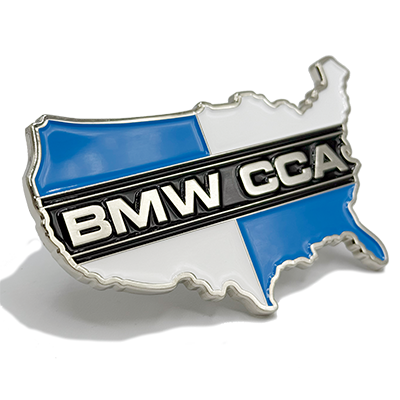
BMW CCA offers a variety of collectible grille badges that use the Cloisonné process to create durable, long-lasting color designs. You can purchase these at https://shop.bmwcca.org.
This time-tested process (it’s been around since at least the 12th century BC) creates long-lasting, color-fast products, but has always required a physical barrier between elements of color. Here’s a quick video that shows the process: The production process of enamel pins.
So yes, BMW has further streamlined it’s logo. They’re reportedly also dropping the blue outer ring that was used to designate fully-electric vehicles since 2013 and the original i3 and i8. EVs are now just considered to be standard BMWs and will share the same updated logo.
Time will tell whether the new production process for the iconic BMW roundels will be as durable and color fast as the prior process. But I expect it will continue to impress just as smartly as BMW’s new Ultimate Driving Machines do.
Tags: metalwork new logo refinements
